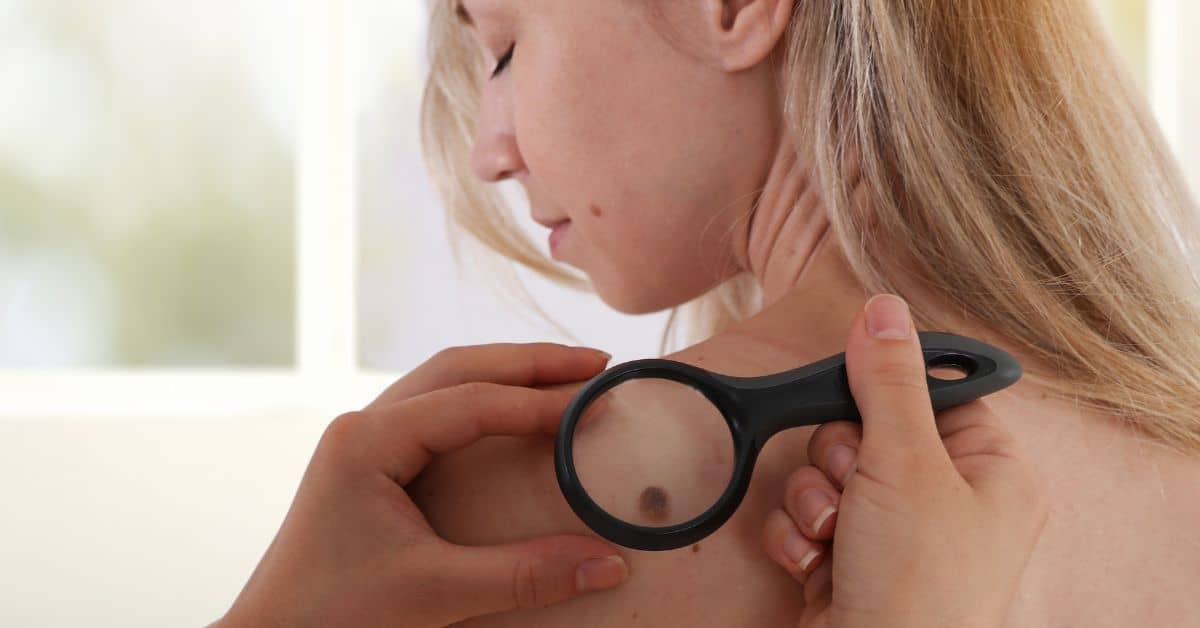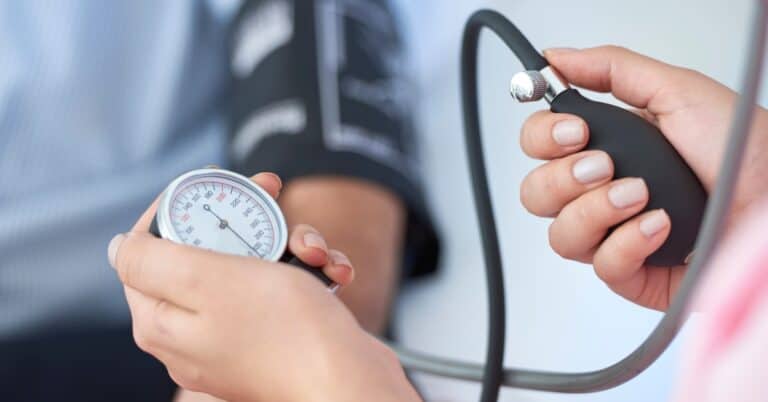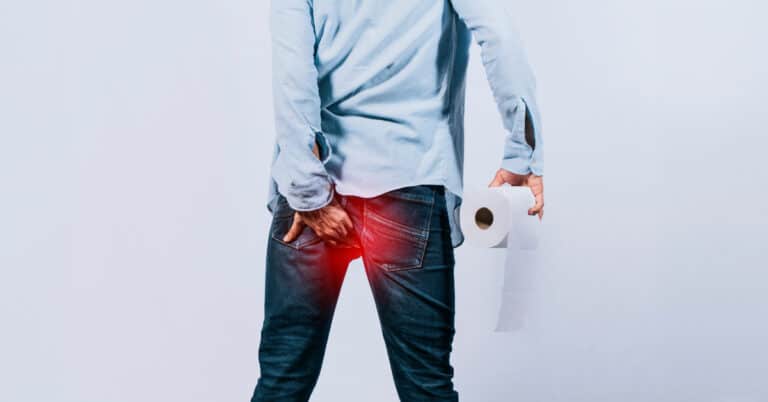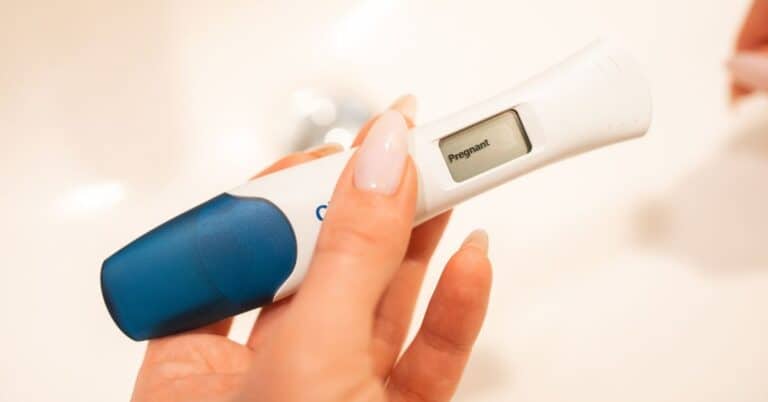Skin Tags? How Safely Remove Them According To Dermatologists
Skin tags, also known as acrochordons, are common growths that can be found on the skin of approximately 60% of adults.
These benign growths typically appear in areas such as the neck, armpits, groin, and beneath the breasts.
While they are harmless in nature, they can be unsightly and may cause discomfort or embarrassment for those who have them.
Fortunately, it is possible to remove skin tags at home with minimal pain or discomfort.
There are a variety of methods available for safely cutting off skin tags including using sharp scissors or nail clippers to cut them off close to the skin’s surface.
It is important to consult your doctor before attempting any at-home treatments and to take into account risk factors such as age, health history, and location of the skin tag before proceeding with removal.
Additionally, if you have multiple skin tags or if any become irritated or inflamed you should always contact a dermatologist for evaluation and treatment.
Now that we’ve discussed the medical terminology related to skin tag removal, let’s dive into all the answers to your most pressing questions.
What Causes Skin Tags, Exactly?

Skin tags occur when the collagen and blood vessels that make up the outer layer of your skin become trapped inside thicker pieces of skin.
This can happen due to friction from clothing or jewelry, or due to diabetes or obesity causing thicker skin folds.
An individual’s genetics can also play a role in their likelihood of having skin tags.
Your body’s inflammatory response can cause additional growths as well.
When an area is irritated by rubbing against fabric, bacteria, sweat, and other irritants; your body sends white blood cells to the area to protect it from infection.
This response causes thickening in the affected area which can form into a small tag.
Additionally, certain medical conditions such as polycystic ovary syndrome (PCOS), Crohn’s disease, HIV/AIDS, thyroid disorders and internal organ problems may also contribute to their formation.
It is important to realize that although harmless and fairly common among adults, if you notice any changes in existing moles or new weird bumps appearing on your body it’s best to seek medical attention right away as these could be signs of cancerous growths instead of harmless skin tags.
Why Am I Suddenly Getting Skin Tags?

Skin tags are thought to be caused by friction between skin and clothing rubbing together.
This friction causes the skin to thicken leading to an overgrowth of cells forming a tag.
Additionally, age and genetics may play a role in their formation – they are more commonly found in overweight individuals or people who are older than 50 years old.
Certain medical conditions such as endocrine disorders, diabetes, and obesity can also increase your risk for skin tags.
In addition, certain medications used to treat high blood pressure have been associated with increased risk of developing skin tags.
Lastly, some individuals may find that their skin tags become more numerous during pregnancy due to hormonal changes in the body.
In some cases, however, it can be difficult to pinpoint exactly why you’re getting skin tags as there is no definitive cause.
It’s important to always keep an eye on any new growths so you can speak with a healthcare professional if necessary.
Can I Learn How To Prevent Skin Tags?
Yes, you can learn how to prevent skin tags. In order to prevent them from occurring, it is important to practice good hygiene habits, like keeping the skin clean and dry.
Additionally, avoiding tight clothing and fabrics that irritate the skin can help reduce the risk of developing skin tags.
Lastly, it is also important to maintain a healthy diet and lifestyle, as obesity has been linked with an increased risk for developing skin tags.
Can I Remove Skin Tags At Home Safely?
It is possible to remove them at home safely, however, it is important to understand the risks associated with self-treatment and be aware of any potential complications.
At-home methods for removing skin tags generally involve tying a thread or dental floss tightly around the base of the tag until it falls off.
This process is called ‘ligation’ and may be successful in removing smaller tags; however, larger skin tags may require multiple attempts before falling off completely due to their resilient skin tissue.
It is important to note that ligation should never be used on or near sensitive areas such as the eyes or mouth.

Another method for removing a skin tag involves using over-the-counter products that contain active ingredients like salicylic acid which dissolve skin cells.
These products must be applied directly onto the tag multiple times a day for several weeks until it disappears altogether.
It is important to read product instructions carefully prior to use and take extra caution when applying these products near sensitive areas such as eyes and lips as they can cause irritation or burning sensations if not used properly.
Finally, if you wish to have them removed by a medical professional there are several safe surgical procedures available including freezing (cryotherapy), excision (cutting off) and laser therapy.
During these procedures a local anesthetic will be administered prior to treatment in order to minimize any potential discomfort experienced during removal.
Ultimately, while it is possible to safely remove skin tags at home with ligation or over-the-counter products, medical professional treatments offer added safety with minimal risk of complication or infection.
How Do Doctors Approach Skin Tag Removal?
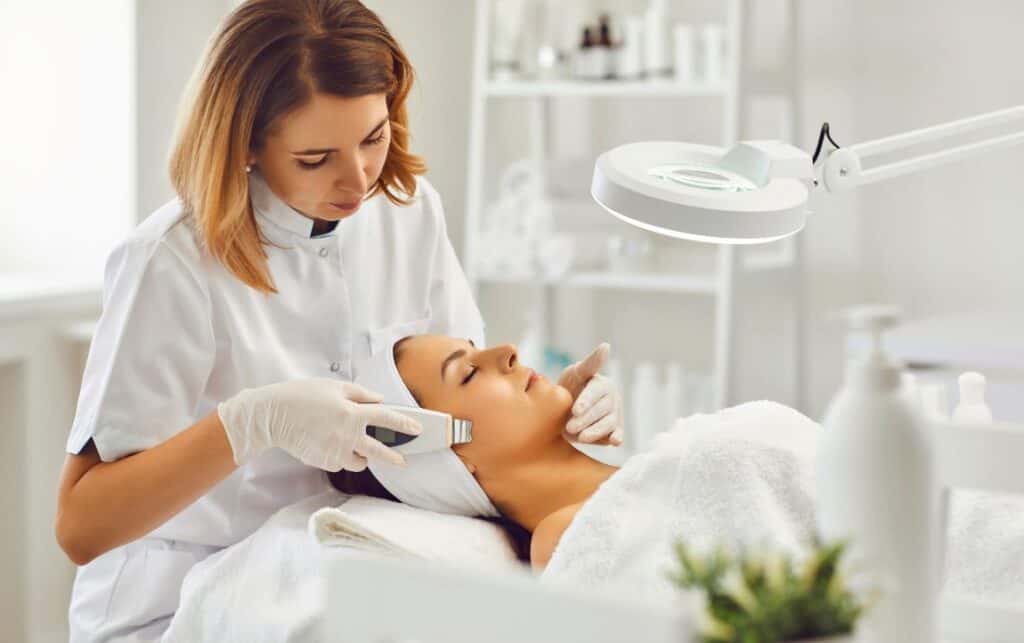
Doctors typically approach skin tag removal by first assessing the size, location, and number of skin tags.
From there, they may recommend one of several treatments for removal. Typically they will start with using a pair of sterile scissors to carefully clip off the base of the skin tag.
For bigger or more numerous tags, they might choose to use cryosurgery (freezing), electrosurgery (burning), or a scalpel to cut them off.
Laser surgery is also an option if other methods are deemed too risky due to the patient’s age or medical condition.
No matter their method of choice, doctors usually take great care when removing skin tags so that no permanent damage is done to surrounding tissues.
They typically apply a numbing agent prior to removal in order to reduce discomfort for the patient and can provide follow-up care if any adverse reactions occur afterwards.
In some cases, doctors may refer patients to dermatologists for further evaluation and treatment if needed.
Since skin tags are benign growths, regular monitoring is recommended since recurrence is not uncommon even after successful removal in some cases.
Follow-up appointments allow doctors to check for any future growths while also ensuring that all existing ones were removed successfully without any complications.
Can Skin Tags Be Cancerous?
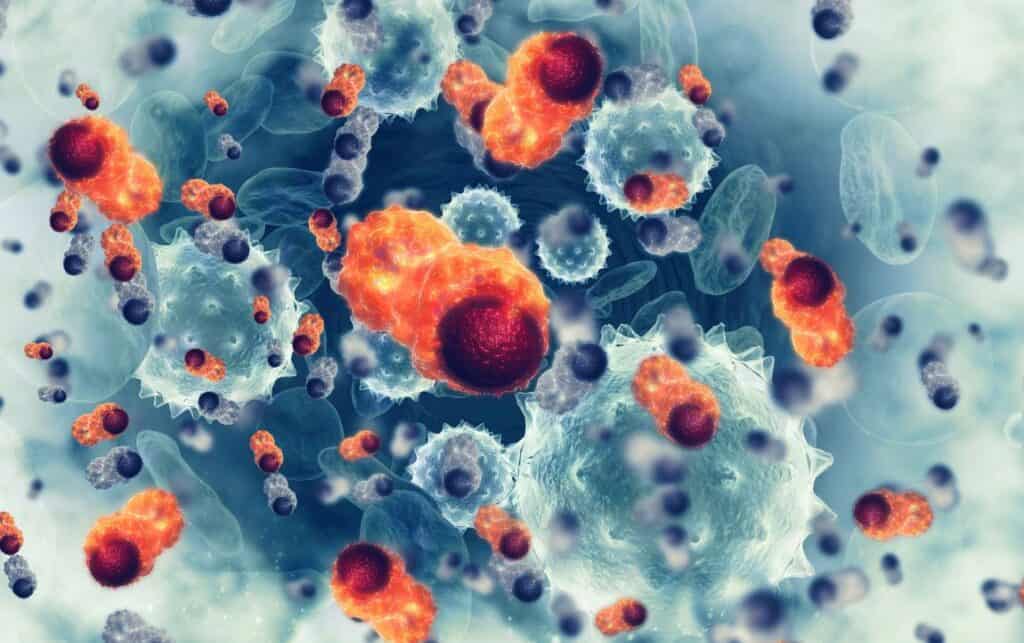
No, theys are typically not cancerous. They can be fleshy or have a stalk and usually range from 1-2 centimeters in size. Generally, these growths are harmless and painless.
In extremely rare cases, these same types of growths have been associated with more serious conditions like malignant melanoma or other forms of skin cancer.
However, for most people skin tags will not cause any issues at all and can be left alone without risk of further health complications.
If you suspect that the tag is changing in shape or color or becoming painful or itchy, then it’s best to consult a doctor for further examination.
In some cases, the doctor may opt to remove the tag but this is normally only when it causes discomfort or becomes irritating due to its location on the body.
Overall, it’s important to remember that most skin tags are benign and harmless growths that require no treatment whatsoever unless they become a source of discomfort for an individual.

Kiera Wong
Kiera Wong is a registered dietitian/nutritionist certified in professional culinary arts. She works with those who desire to be energetic, vital, and strong by balancing their hormones naturally through nutrition.

